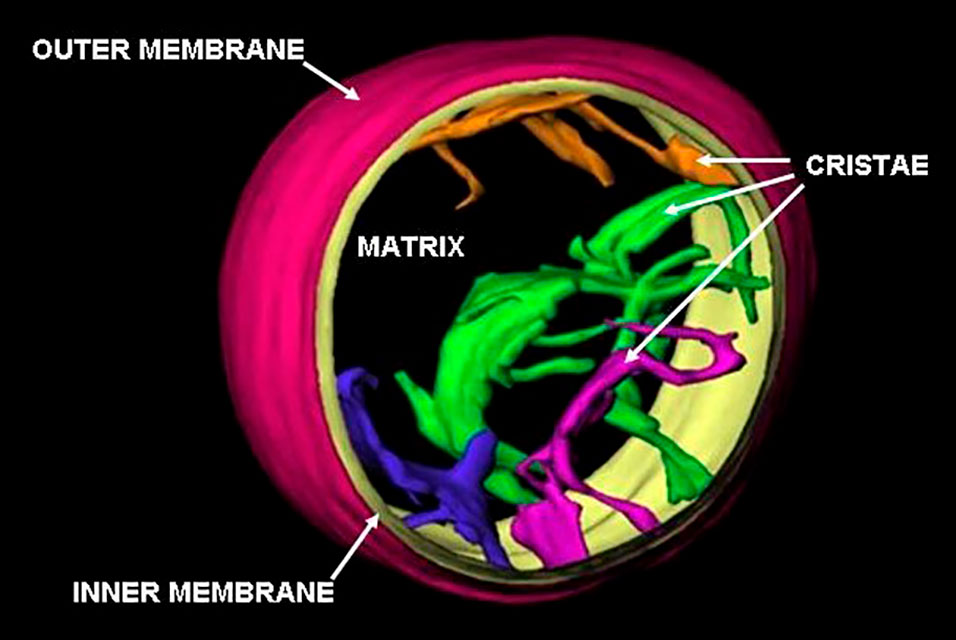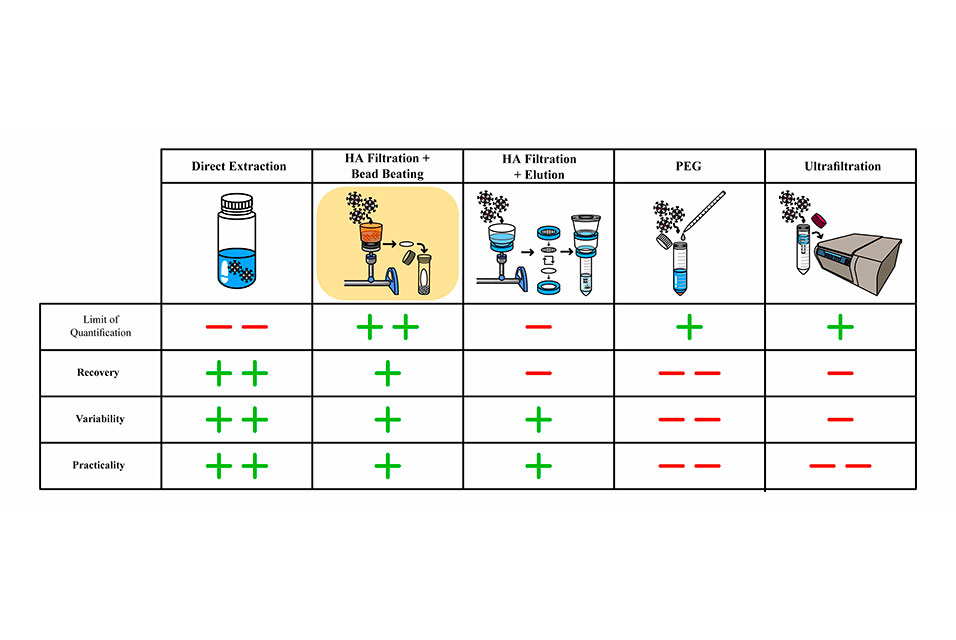PHILADELPHIA, PA.- In a landmark study, a team led by researchers at the Perelman School of Medicine at the
University of Pennsylvania has discovered—and filmed—the molecular details of how a cell, just before it divides in two, shuffles important internal components called mitochondria to distribute them evenly to its two daughter cells.
The finding, published in Nature, is principally a feat of basic cell biology, but this line of research may one day help scientists understand a host of mitochondrial and cell division-related diseases, from cancer to Alzheimer’s and Parkinson’s.
Mitochondria are tiny oxygen reactors that are crucial for energy production in cells. The Penn Medicine team found in the study that a protein called actin, which is known to assemble into filaments that play a variety of structural roles in cells, also has the important task of ensuring an even distribution of mitochondria prior to cell division. Thanks to this system, the two new cells formed by the division will end up with approximately the same mass and quality of these critical energy producers.
“We were able to observe and film distinct processes by which actin filaments mix mitochondria—the strangest one involved the rapid formation of actin ‘comet tails’ on some mitochondria, which propel them randomly around the cell interior,” said study senior author Erika Holzbaur, PhD, the William Maul Measey Professor of Physiology at Penn Medicine.
Cell division, also called mitosis, is one of the basic features of living things, but involves a delicate and complex set of maneuvers. The dividing cell—the “mother cell”—must ensure that it has two identical copies of its genome, one for each daughter cell. It must also apportion other key cellular contents evenly.
Mitochondria, which can number from a handful to tens of thousands per cell, depending on the cell type, are probably especially important to mix evenly. They are critical for the health of a cell, and contain their own small DNA genomes—new mitochondria can’t be produced in a cell except by the splitting of mitochondria inherited from the mother cell.
Holzbaur and her team in the study sought a better understanding of how the mixing of mitochondria is done in mitosis. They focused on actin, a structural protein whose filaments line the inner wall of the cell membrane to shape and organize the cell. There have been hints in prior studies that actin also plays a role in organizing mitochondria for mitosis. But experimentally demonstrating this—imaging it—has been a serious challenge, in part because the actin-based lining of cells tends to get in the way.
In the study, the team used advanced microscopy techniques to reveal a three-dimensional mesh of thick actin “cables” inside cells just before division. This lattice-like structure has the effect of forcing mitochondria to space themselves evenly. The team found that when they used a special toxin to disrupt the formation of the actin cables, the even spacing of mitochondria was lost, and daughter cells received unequal amounts of them.
Unexpectedly, the researchers observed another, even more prominent actin-based process that works inside the dividing cell to distribute mitochondria evenly. They saw, and filmed, clouds of actin filaments moving together in a wavelike formation around the cell nucleus. These actin clouds, they discovered, surround individual mitochondria and appear to immobilize them—though in some cases actin filaments assemble suddenly on mitochondria to make long “comet tails” that propel them over substantial distances within the cell.
Holzbaur and colleagues concluded from their observations and experiments that these revolving clouds and comet tails function to move mitochondria around randomly to ensure a more even distribution of mitochondrial quality. For example, a group of damaged mitochondria that starts out concentrated in one part of the cell will, by this process, end up being spread more evenly around the cell before division occurs.
“It’s like shuffling a deck of cards by spreading them out on a table,” Holzbaur said. “In this way, each daughter cell will get the appropriate allotment not just in terms of mitochondrial mass or number, but in terms of mitochondrial genetic and metabolic diversity.”
She adds that actin “comet-tails” of this kind were observed on cell-invading Listeria bacteria more than 30 years ago, but until now had never been seen as part of an ordinary process in animal cells.
Holzbaur and colleagues are currently following up with studies of how this mitochondrial-mixing process is controlled in cells, and what happens to organisms when the process is impaired.
The research was supported by grants from the National Institutes of Health (R35 GM126950, RM1 GM136511, F31 GM123644, R37 AI036929, K08 AR075846, P30 AR069589), the Howard Hughes Medical Institute, the Dermatology Foundation, the National Psoriasis Foundation, and the German Research Foundation.










